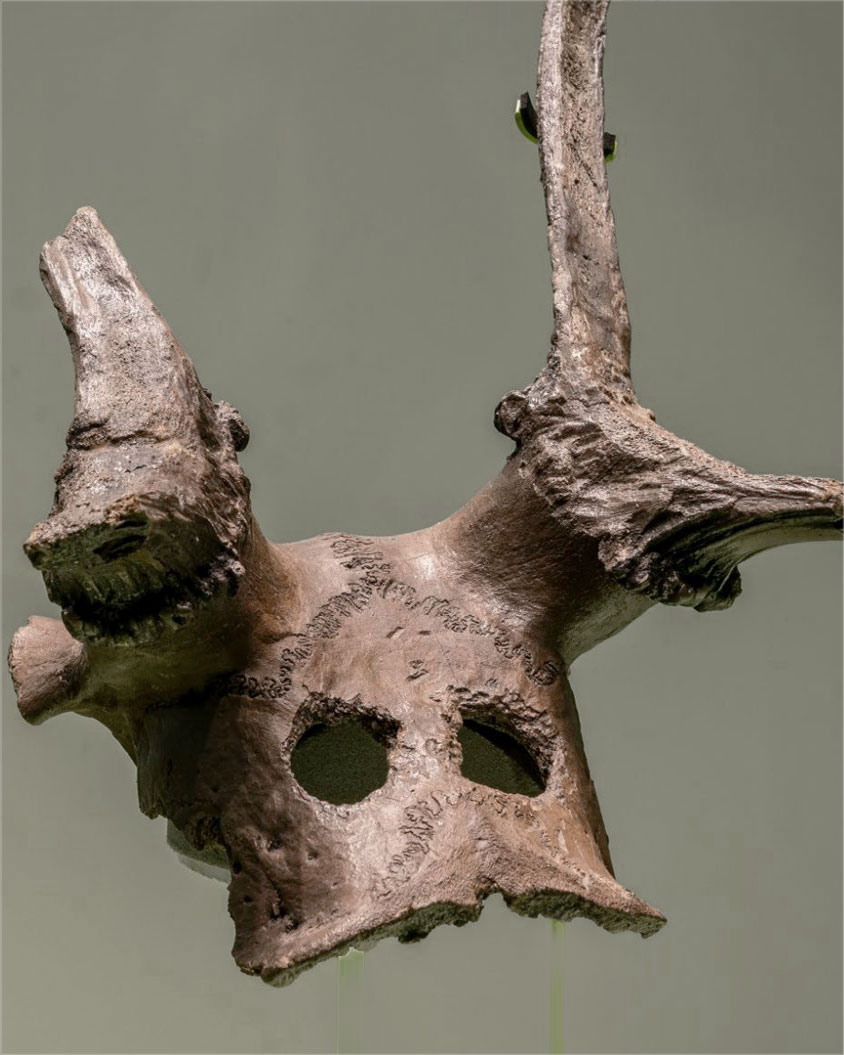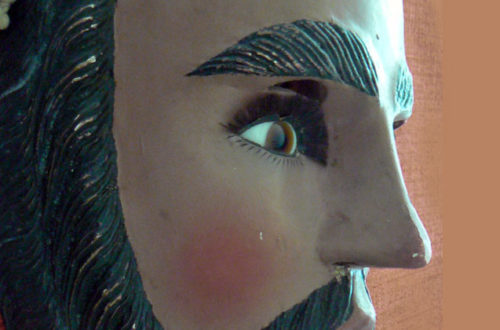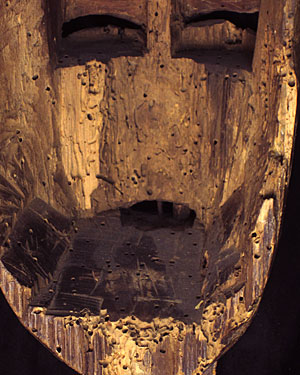 Over 11,000 years ago, people in Star Carr were carving eyeholes into the crania of dead deer, presumably using the stone tools found at the northern Yorkshire site. As of Thursday, three of the 33 evocative headdresses made by the Mesolithic-era hunter-gatherers out of deer skulls, and other miraculously preserved artifacts, are on display at Cambridge University’s Museum of Archaeology and Anthropology.
Over 11,000 years ago, people in Star Carr were carving eyeholes into the crania of dead deer, presumably using the stone tools found at the northern Yorkshire site. As of Thursday, three of the 33 evocative headdresses made by the Mesolithic-era hunter-gatherers out of deer skulls, and other miraculously preserved artifacts, are on display at Cambridge University’s Museum of Archaeology and Anthropology.
Ordinarily, all that latter-day archaeologists find from the distant past are stone and pottery artifacts that don’t suffer decay. There are exceptions, such as peat bogs in which the oxygen-breathing bacteria of rot cannot live. In Yorkshire, northern England, the waterlogged ground at Star Carr almost miraculously preserved the ancient art.
When these masks or headdresses made of red deer skulls complete with antlers were made on the shores of a small, shallow extinct lake, called Flixton, Britain’s climate and coastlines were rather different.
When these people lived, the great white sheets of the last Ice Age were in full retreat and ocean levels were rising together with the ambient temperatures. The Mesolithic people of Star Carr lived at around the time the climate really began to warm. What the masks served for is anybody’s guess, but archaeologists tend to associate ancient artifacts in pre-agricultural times to religion. by Ruth Schuster (edited) 1602





